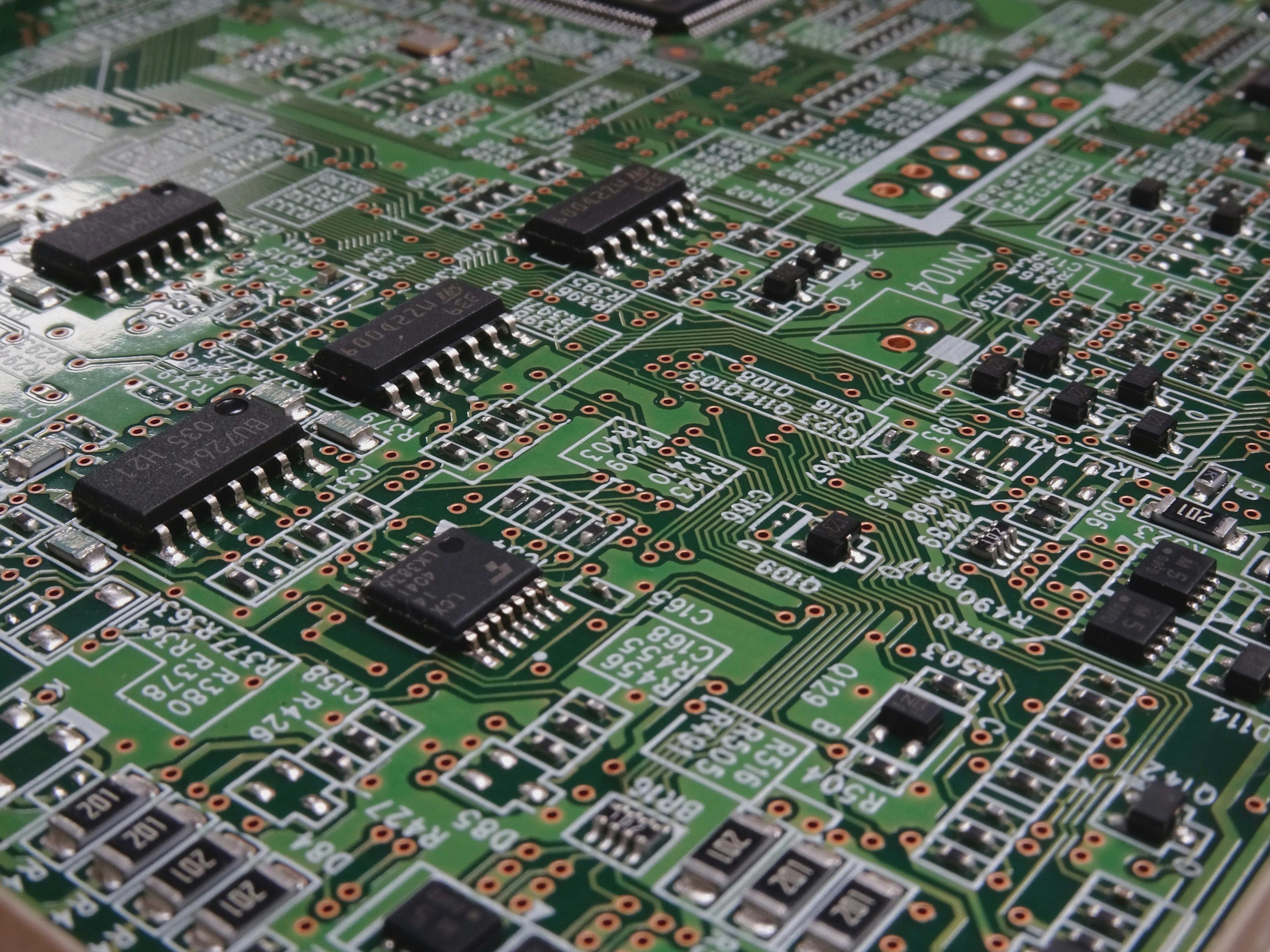The Benefits and Challenges of Rigid-Flex Boards in PCB Design
Rigid-flex boards offer a unique combination of FPC and PCB characteristics, making them ideal for products with specific requirements. These boards feature both flexible and rigid areas, which help save internal product space, reduce overall volume, and boost product performance.
Advantages:
- Reliability: Rigid-flex boards eliminate reliability issues associated with FPC installations, such as short-circuiting and disconnections, by removing the need for connectors.
- Cost Savings: Despite higher initial costs, rigid-flex boards save on connector expenses, reduce installation time, and enhance productivity and reliability in mass-produced products.
- Signal Quality: Enhanced wiring continuity in rigid-flex boards improves signal integrity compared to traditional FPCs and connectors.
Design Considerations:
- Bending Radius: Careful consideration of the flexible section’s bending radius is crucial to prevent damage.
- Cost Optimization: Minimizing total area, optimizing design, and evaluating the number of layers in the flexible wiring section can help lower costs.
- Structural Design: Post-installation, it’s essential to consider the three-dimensional space structure of rigid-flex boards.
Challenges:
- Complex Manufacturing: Rigid-flex boards involve intricate manufacturing processes, leading to lower yield rates and higher material and labor costs.
- Cost Considerations: While rigid-flex boards offer benefits, their higher costs and longer production cycles may deter some users.
Future Outlook:
Advancements in 3D printing hold promise for producing PCBs with unconventional shapes, potentially overcoming the limitations of FPCs and rigid-flex boards. These advancements could simplify installation, improve reliability, and introduce more diverse designs resistant to damage, potentially revolutionizing traditional PCB manufacturing.



